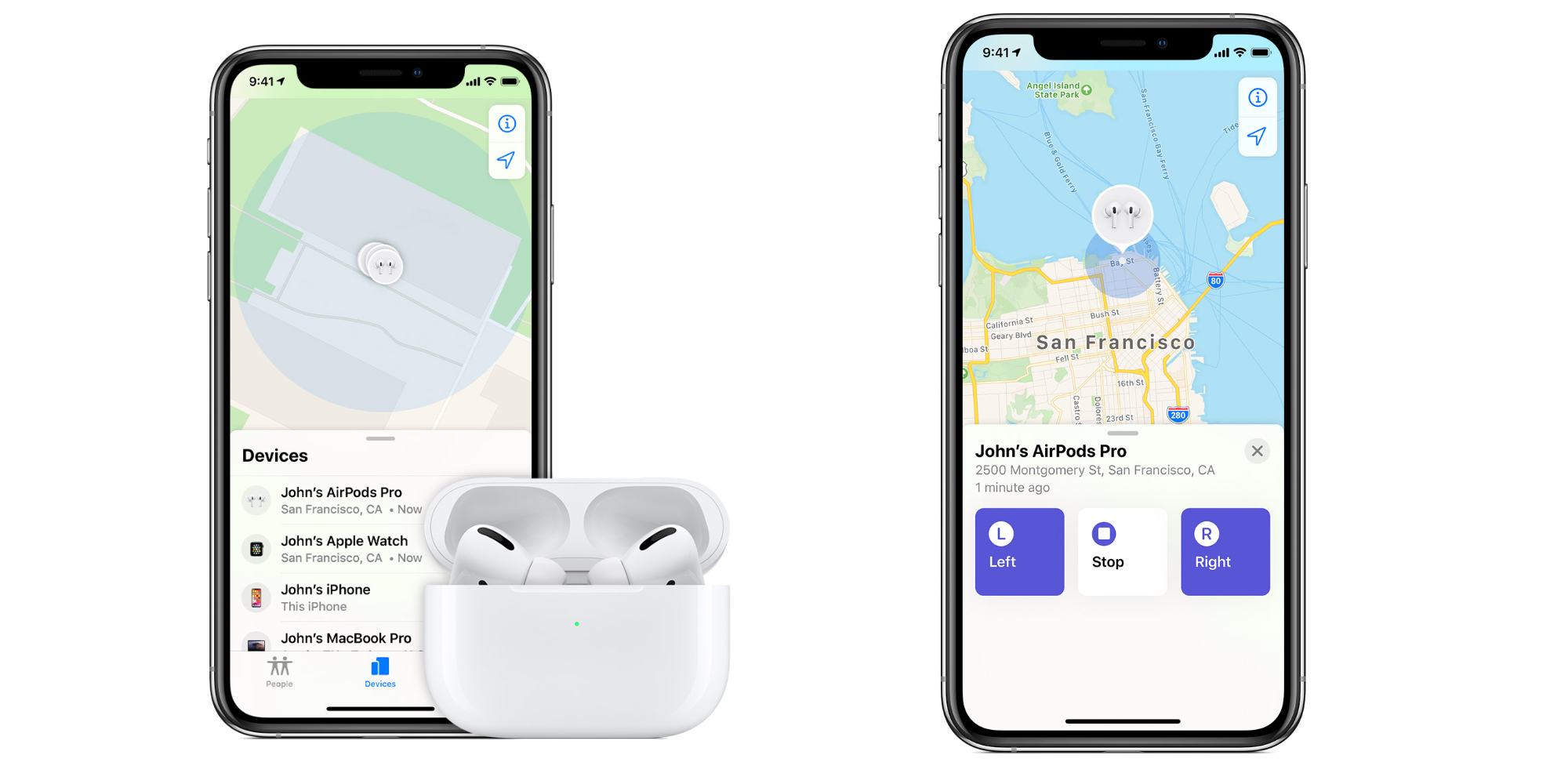OpenAI’s journey through the realm of artificial intelligence is on the verge of another major milestone with the highly anticipated arrival of GPT-5, expected to push the boundaries of AI capabilities even further. Here’s a detailed look at what we know so far about this next-gen AI model.
Key Highlights
- OpenAI’s GPT-4, while impressive, faces competition from Google’s Gemini and others, necessitating a swift move towards more advanced models like GPT-5.
- A significant boardroom battle at OpenAI ended with a stronger push towards developing GPT-5, amidst calls from tech leaders for a pause on advanced AI training.
- GPT-5 is expected to bring substantial upgrades over GPT-4, with speculations around achieving artificial general intelligence (AGI) and improving on multimodal capabilities.
- Despite OpenAI CEO Sam Altman’s earlier statements pausing work on GPT-5, recent developments hint at an ongoing effort to launch GPT-5, potentially enhancing reasoning abilities and multimodal interactions.
- The integration of video processing and expansion of current model capabilities are among the anticipated features, aiming at transforming chatbots into more autonomous agents capable of performing tasks without direct human oversight.
- Concerns around the rapid advancement of AI technology, privacy regulations in Europe, and the ethical implications of nearing AGI are part of the ongoing conversation surrounding GPT-5’s development.
Unveiling GPT-5: A Future Defined by AI
As we inch closer to the unveiling of GPT-5, the AI community is buzzing with anticipation over its potential capabilities. OpenAI’s commitment to advancing AI technology while navigating the ethical and practical challenges it presents marks a crucial phase in the evolution of artificial intelligence. GPT-5’s development, despite initial hesitations and amidst a rapidly evolving competitive landscape, signifies a leap towards more sophisticated, human-like AI models.
What is GPT-5?
GPT-5 is the latest iteration of OpenAI’s Generative Pre-trained Transformer series of large language models (LLMs). These models are trained on massive amounts of text data, giving them the ability to communicate and generate human-like text in response to a wide range of prompts. While details are still limited, GPT-5 is expected to substantially surpass the capabilities of the current GPT-3 model that powers ChatGPT.
How Will This Change ChatGPT?
The integration of GPT-5 could result in several improvements for ChatGPT users:
- Enhanced Informativeness: GPT-5’s increased knowledge base could allow it to provide more comprehensive and in-depth answers to questions.
- Creativity and Problem Solving: The new model might exhibit greater creativity in its text generation, opening possibilities for more engaging storytelling or assistance with problem-solving tasks.
- Multi-Step Reasoning: GPT-5 might demonstrate a better ability to follow instructions and understand complex requests that require multiple steps to fulfill.
The promise of GPT-5 extends beyond just improved performance; it lies in its potential to reshape our interaction with technology, making AI an even more integral part of our daily lives. As OpenAI prepares for this next big step, the world watches eagerly, ready to see how GPT-5 will once again redefine what’s possible in the realm of AI.

















Add Comment